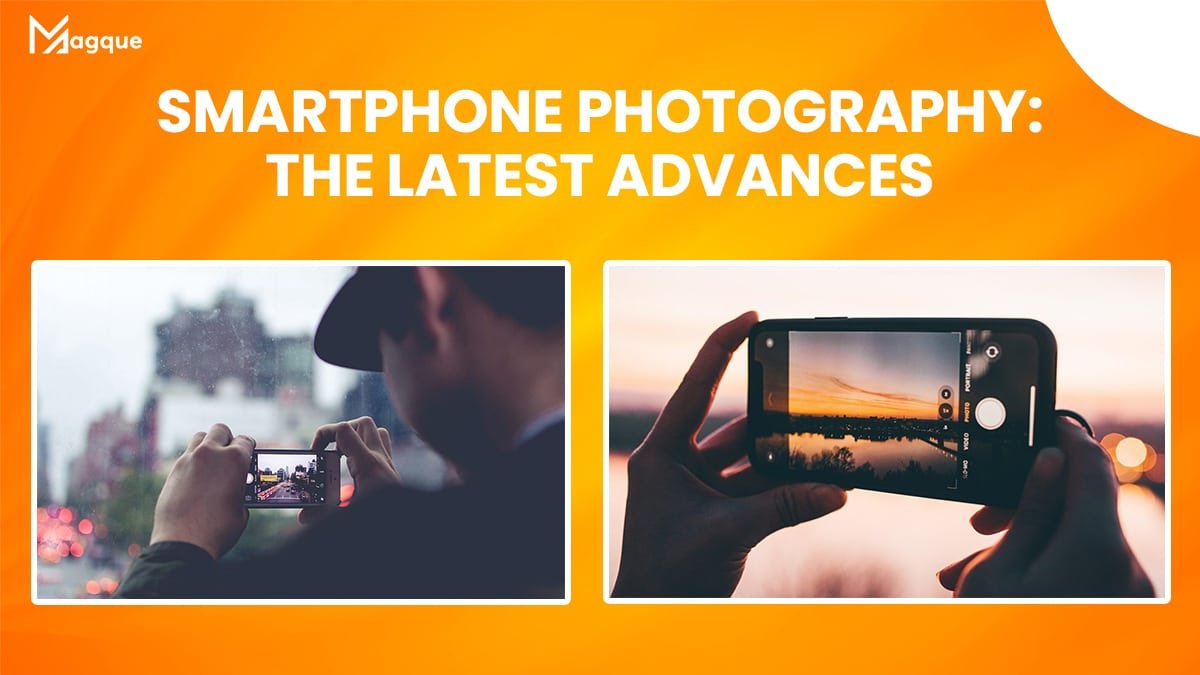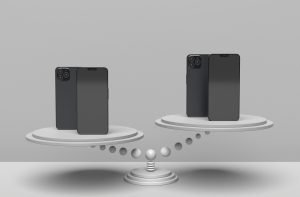Hey there, fellow smartphone enthusiast! Are you ready to dive into the exciting world of smartphone photography? Hold onto your hats because we’re about to explore the latest advances revolutionizing how we capture moments on our trusty handheld devices.
The Evolution of Smartphone Cameras
Remember when smartphone cameras were just an afterthought, producing grainy, low-resolution images that barely resembled reality? Well, those days are long gone. Smartphone cameras have transformed remarkably thanks to relentless innovation and fierce competition among tech giants.
High Megapixel Counts and Beyond
One of the most noticeable advancements in smartphone photography is the staggering increase in megapixel counts. Gone are the days of settling for mediocre snapshots. Today’s smartphones boast cameras with megapixel counts rival professional-grade DSLRs, capturing every detail with stunning clarity.
The Rise of Computational Photography
But it’s not just about the hardware anymore. Enter computational photography, a game-changer that leverages the power of artificial intelligence and complex algorithms to enhance images like never before. From HDR+ to night mode, these intelligent features work behind the scenes to optimize every shot, even in challenging lighting conditions.
Mastering the Art of Portrait Mode
Say goodbye to dull, flat portraits. With portrait mode, your smartphone can mimic the coveted shallow depth-of-field effect typically reserved for high-end cameras. By intelligently blurring the background while keeping the subject in sharp focus, portrait mode adds a touch of professionalism to your snapshots.
Embracing the Power of Ultra-Wide Lenses
Sometimes, a standard lens just doesn’t cut it. That’s where ultra-wide lenses come in. Whether you’re capturing sweeping landscapes or cramped interiors, these lenses allow you to expand your creative horizons and capture more of the scene in a single shot.
Night Mode: Shedding Light on Darkness
Gone are the days of grainy, unusable nighttime photos. Thanks to night mode, you can now capture stunning images in low-light environments without needing a tripod or long exposure times. Whether snapping pictures of city skylines or cozy campfires, night mode ensures your memories are preserved in all their glory.
Conclusion
So there you have it, folks – a glimpse into the cutting-edge world of smartphone photography. From high megapixel counts to computational magic, today’s smartphones are redefining what it means to capture the perfect shot. So grab your phone, unleash your creativity, and see the world through a new lens.
For more tips and tricks on mastering smartphone photography, stay tuned to Magque!
FAQs
Q1. What is computational photography, and how does it improve smartphone photography?
Answer: Computational photography is a technique that utilizes artificial intelligence and complex algorithms to enhance images captured by smartphones. It improves smartphone photography by optimizing various aspects of the image, such as exposure, color balance, and sharpness, resulting in higher-quality photos even in challenging lighting conditions.
Q2. How does night mode work on smartphone cameras?
Answer: Night mode, a feature in many modern smartphones, enhances low-light photography by capturing multiple exposures of the same scene and then merging them using computational algorithms. This process reduces noise and enhances details, resulting in more precise and brighter photos, even in dimly lit environments.
Q3. What are the benefits of ultra-wide lenses in smartphone photography?
Answer: Ultra-wide lenses allow smartphone photographers to capture a wider field of view than standard lenses. This is particularly useful for capturing expansive landscapes, group photos in confined spaces, or architectural shots where fitting everything into the frame is challenging. Ultra-wide lenses add versatility to smartphone photography, enabling photographers to get creative with composition.
Q4. How does portrait mode create the bokeh effect on smartphone photos?
Answer: Portrait mode uses computational photography techniques to simulate a shallow depth-of-field effect, also known as bokeh, typically achieved with professional cameras and large aperture lenses. By intelligently detecting the subject in the foreground and blurring the background, portrait mode adds depth and dimensionality to smartphone portraits, making the subject stand out prominently.
Q5. Are higher megapixel counts always better for smartphone cameras?
Answer: Higher megapixel counts can result in sharper and more detailed images, but it’s not the sole factor determining photo quality. Other factors, such as sensor size, lens quality, and image processing capabilities, also play significant roles. In some cases, smartphones with lower megapixel counts but superior image processing algorithms can produce better-looking photos than those with higher megapixel counts but inferior overall performance.
Read Also This:- The Evolution of Foldable Smartphones













